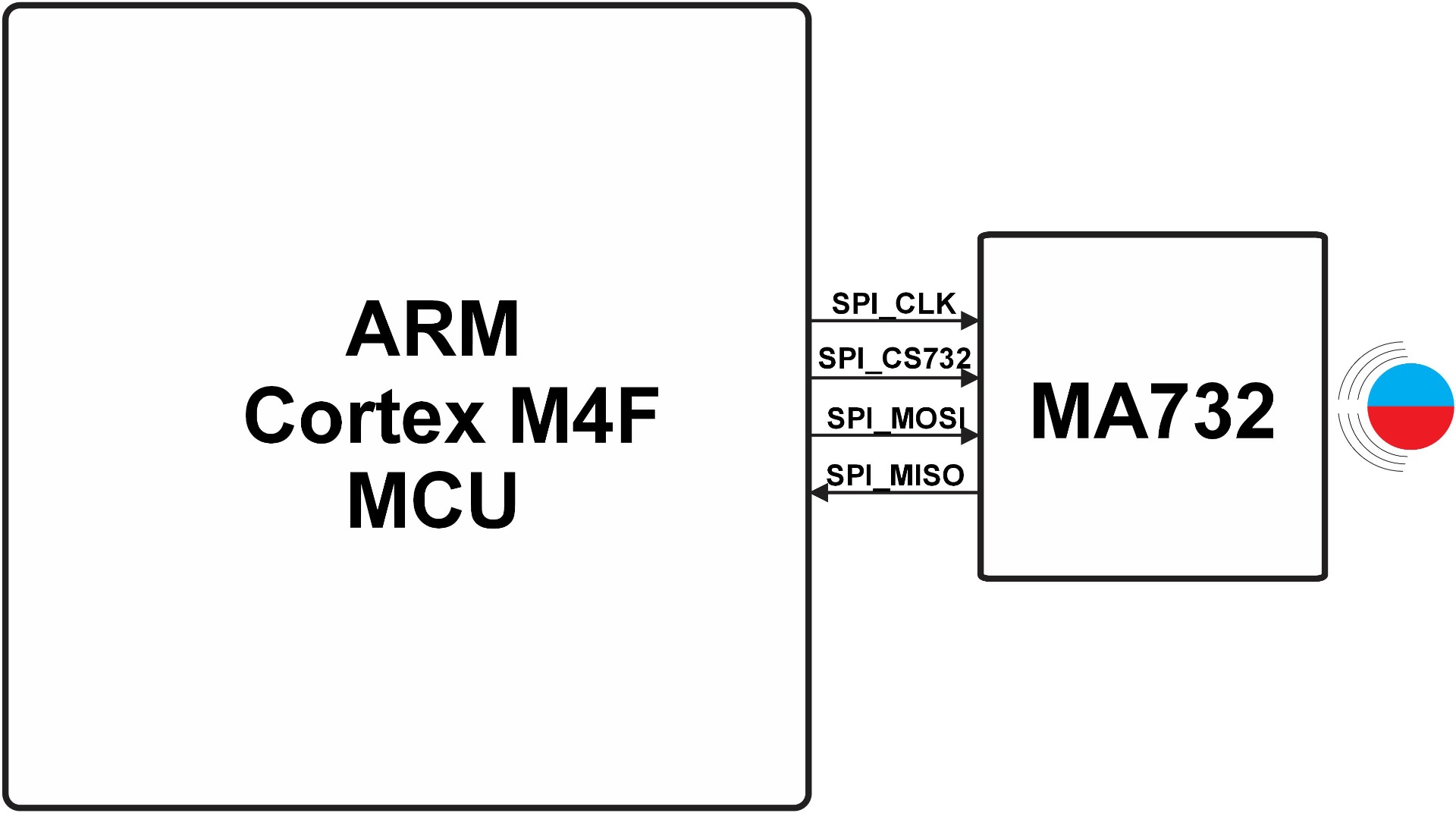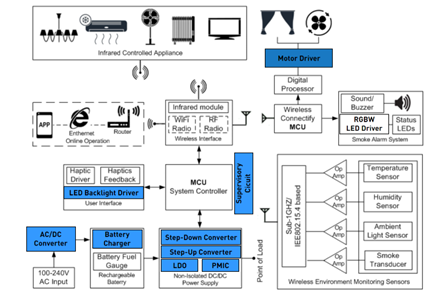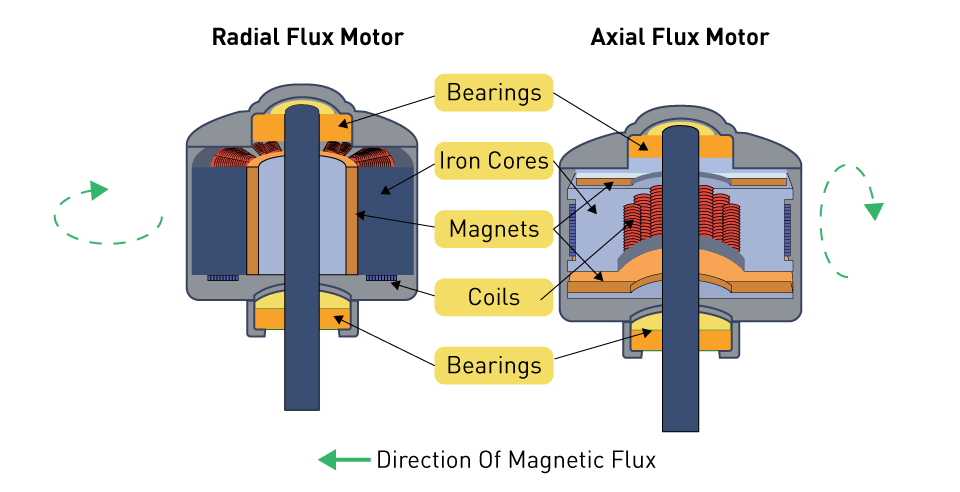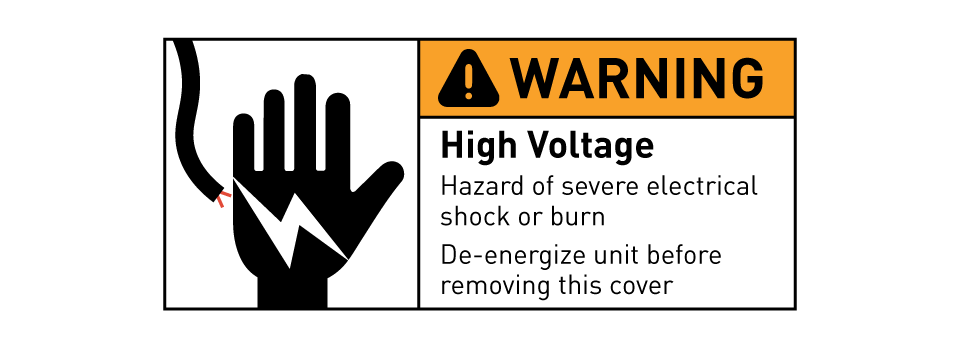Real-World Selection and Maintenance Scenarios
Understanding the practical consequences of motor selection and maintenance can significantly improve operating efficiency and reliability. This section examines various real-world case studies from the semiconductor industry, providing valuable lessons and insights applicable to the sector.
Motor Selection for Cleanroom Applications
Maintaining a contaminant-free environment is of the utmost importance in the semiconductor industry, particularly during the sensitive wafer production process. There were considerable issues connected with particle pollution at a leading semiconductor manufacturing plant. These challenges might lead to production faults that are expensive and could also result in a loss in yield.
Challenges and Requirements:
The facility maintained continuous operation, with motors operating for as long as twenty hours each day. The motors needed to be durable and reliable, but they also needed to adhere to cleanroom standards in a severe manner. This high utilization dictated that they meet these requirements. Reducing the possibility of particulate contamination from the motor systems or components themselves was the key obstacle to overcome.
Solution and Implementation:
The solution involved the integration of brushless direct current (BLDC) motors equipped with the following technological features:
Brushless Design: In contrast to brushed motors, brushless direct current (BLDC) motors do not have brushes that require replacement and produce particles as a result of mechanical contact and friction. By virtue of this characteristic, the amount of particulate matter that is brought into the cleanroom environment is greatly reduced.
Integrated Encoders: These devices are essential for providing exact control of motor speed and position. They accomplish this by ensuring that high-precision activities are carried out precisely, which is essential for wafer handling and processing.
Cleanroom-Compliant Housings: The motors were housed in housings that were specifically constructed to comply with the ISO 14644-1 standards for cleanrooms. These housings are constructed from materials that are resistant to the harsh chemicals that are typically used for cleanroom cleaning and decrease the amount of particles that are shed onto the enclosure.
Particle Generation Requirements: In order to meet the requirements of the Class 100 (ISO 5) cleanroom standards, the total particle generation from the motor systems had to be restricted to less than one hundred particles per cubic foot of air that measured 0.5 micrometers or greater.
Outcomes and Benefits:
After introducing these brushless DC motors, the facility noticed a significant decrease in particle contamination, which resulted in an improvement in both product quality and yield. The motors' ability to operate with minimal maintenance and their extended service life provided them with an additional advantage, reducing downtime and operational costs.
Lessons Learned:
Selection Criteria: The case study not only highlighted the importance of motor functionality in precision tasks, but also underscored the critical need to choose motors that meet specific environmental ratings tailored to the demanding conditions found in cleanroom settings. Among the most important things that were discovered about selecting criteria were:
- Environmental Ratings:
- IP (Ingress Protection) Rating: Regarding the Ingress Protection (IP) Rating, motors that are intended for use in cleanrooms are normally required to possess a high IP rating, specifically IP65 or higher. This certification guarantees that the motor is impervious to dust and protected against water jets, which is essential for settings that are frequently subjected to particulates and cleaning procedures.
- ISO Cleanroom Standards: Motors that are utilized in these applications have to be in accordance with the requirements established by ISO 14644-1 for cleanrooms. For the production of semiconductors, which frequently calls for ISO Class 5 or higher, the motors that are chosen must guarantee that they emit the least amount of particulate matter possible. The motors that were chosen for this particular instance were chosen because of their capacity to function inside the restrictions of a Class 5 cleanroom. This particular cleanroom has a limit of 3,520 particles per cubic meter of air for particles that are at least 0.5 micrometers in size at any one time.
- Material Compatibility:
- Chemical Resistance: Motor components that are subjected to the cleanroom environment should be constructed from materials that are resistant to the chemicals that are utilized in the procedures of cleaning and decontaminating the cleanroom. Aluminum that has been coated or stainless steel are the materials of choice because of their resistance to corrosion and chemical contact.
- Outgassing Properties: In order to minimize contamination from vapors that could condense on sensitive surfaces of semiconductors within the cleanroom, it is essential that the materials utilized in the construction of the motor have low outgassing capabilities.
- Certification:
- Cleanroom Certification: In addition to the normal ratings, motors should also undergo testing and certification in order to serve their intended purpose in specific cleanroom classes. Verification of conformity and reassurance to facility management of the motor's fitness for the demanding environment can be accomplished by certifications from recognized bodies.
Preventative Maintenance: In order to prevent any buildup of impurities that could be dislodged into the environment, preventative maintenance was scheduled to include checks and cleaning of the motor enclosures. This inspection and cleaning were part of the regular maintenance routine.
Maintenance Optimization in High-Throughput Production Lines
This particular case study focuses on a semiconductor assembly line that used a number of synchronous motors to drive conveyor systems that were necessary for material handling and product assembly. In order to meet the needs of high-volume production, the motor-driven systems needed to not only operate continuously but also provide the highest possible level of reliability. The facility was able to fulfill these requirements by implementing a predictive maintenance approach that makes use of advanced diagnostic technology.
Predictive Maintenance Technologies:
Vibration Analysis: The technique known as vibration analysis was utilized in order to keep track of the vibrating patterns that were produced by the motors. In order to discover mechanical faults such as misalignment, imbalance, bearing wear, or poor installation, deviations from the baseline vibrational signatures were utilized. An increase in vibration amplitude, for instance, may be an indication of bearing failure or misalignment, both of which are prevalent in motors that are subjected to continuous operation without interruption.
Thermal Imaging: Thermal cameras performed thermal imaging to identify any odd heating patterns in the motors. Overheating could signal various potential concerns, such as electrical failures like short circuits, overloads, or insulation breakdowns, and mechanical issues like excessive friction or lubrication problems.
Types of Failures Predicted:
Mechanical Failures: Through vibration analysis, the maintenance crews were able to anticipate problems such as bearing failures and shaft misalignment. This allowed them to prevent motor failure caused by these issues before they occurred. For instance, higher vibration levels observed in a motor bearing offered a pre-failure notice that enabled maintenance teams to arrange repairs during non-peak hours, thereby preventing considerable downtime. The recognition of the vibration levels enabled this accomplishment.
Electrical Failures: Thermal imaging aided in the early detection of hot patches caused by electrical issues like overloading, weak connections, or deteriorating insulation. Early discovery of these problems allowed for timely corrective actions, preventing motor burnout or electrical fires, both crucial in high-stakes production operations.
Lessons Learned:
Predictive Maintenance: The early detection of possible problems through the use of advanced monitoring technologies proved vital in preventing unplanned downtime. This was accomplished through predictive maintenance.
Custom Maintenance Schedules: Instead of using a predetermined plan, maintenance intervals can be customized based on real motor usage and condition data. This allows for more efficient resource allocation and maintenance, as well as increased efficiency.






直接登录
创建新帐号